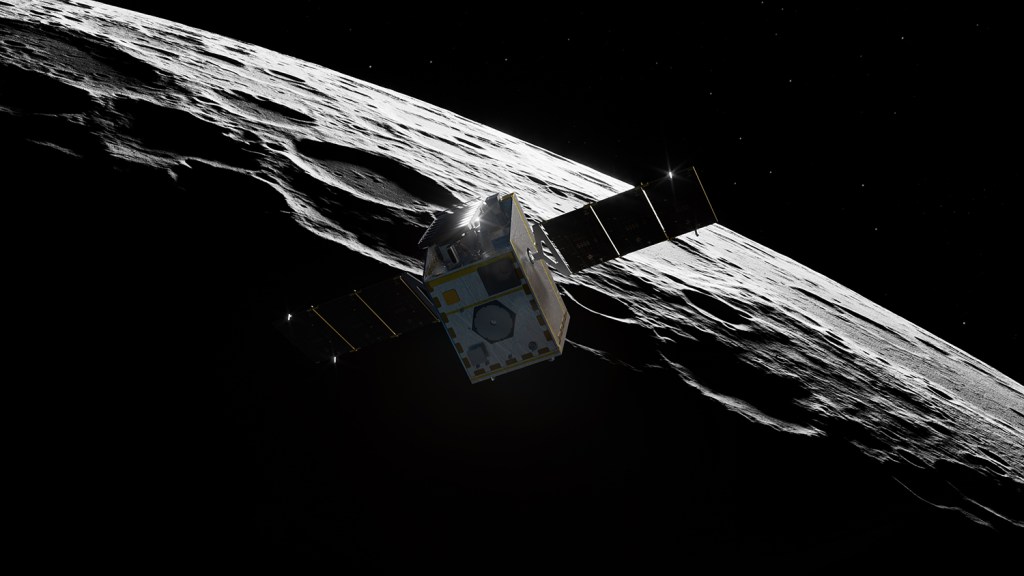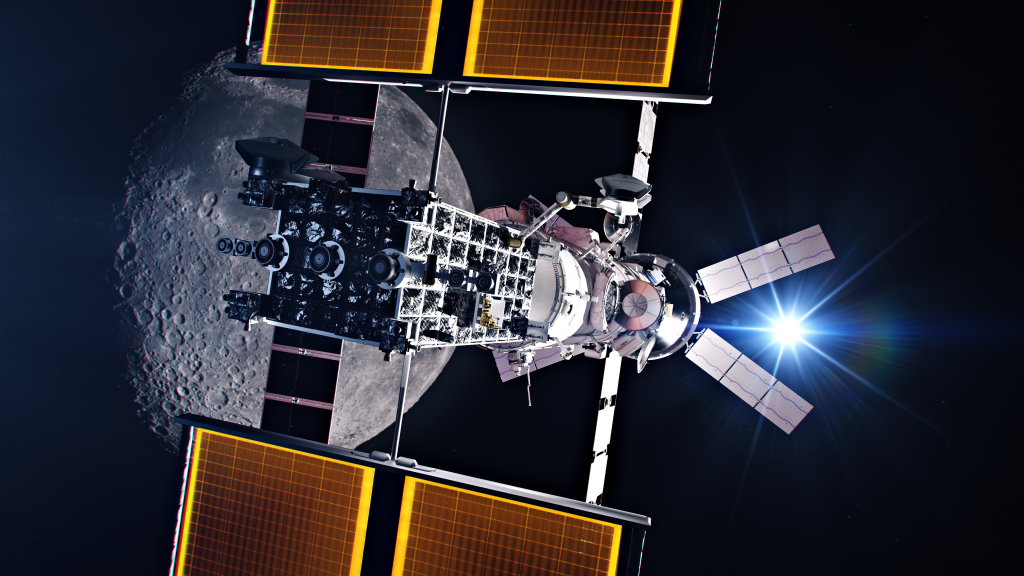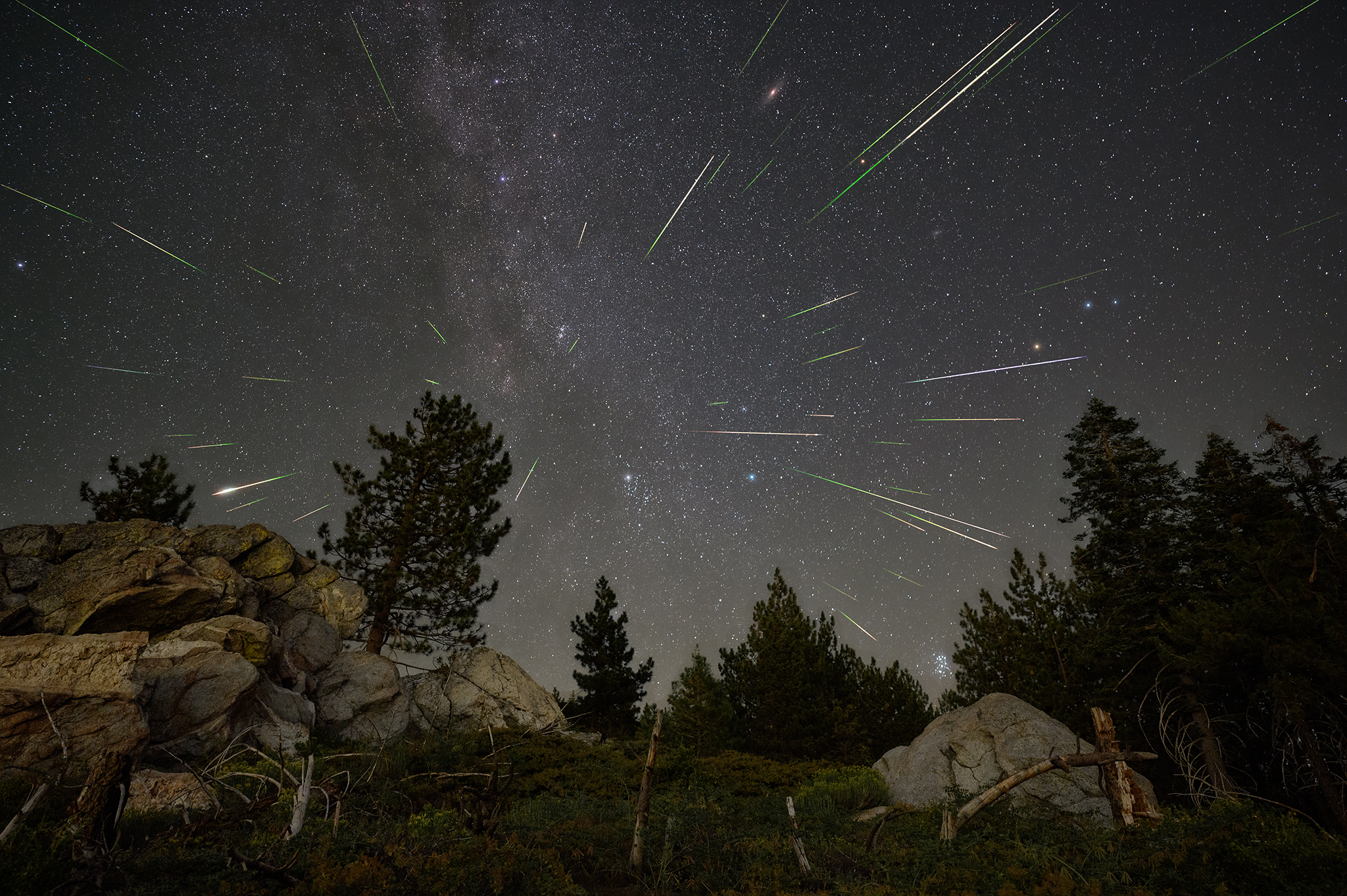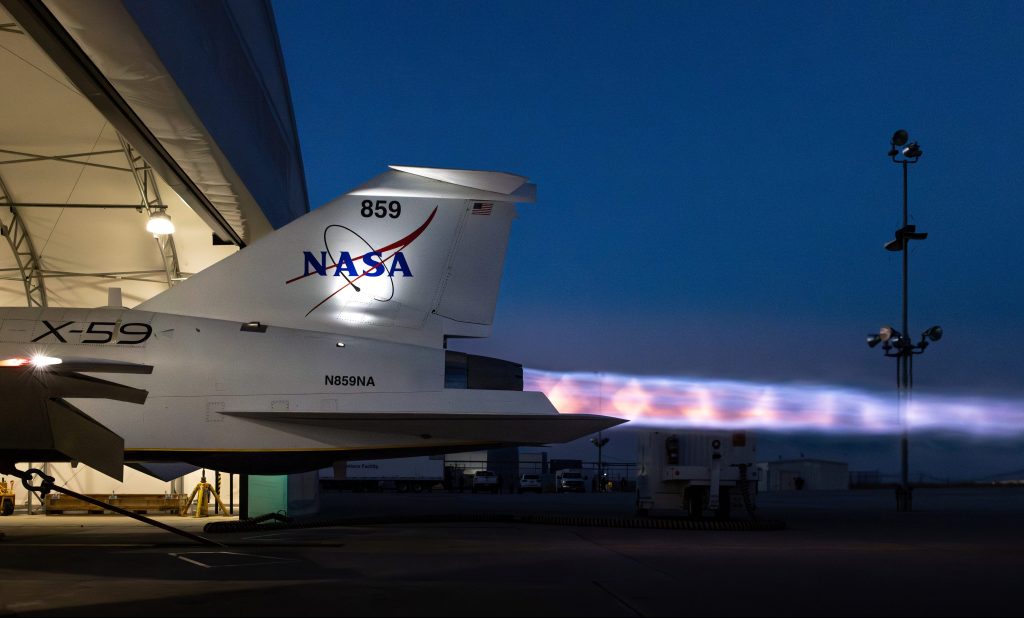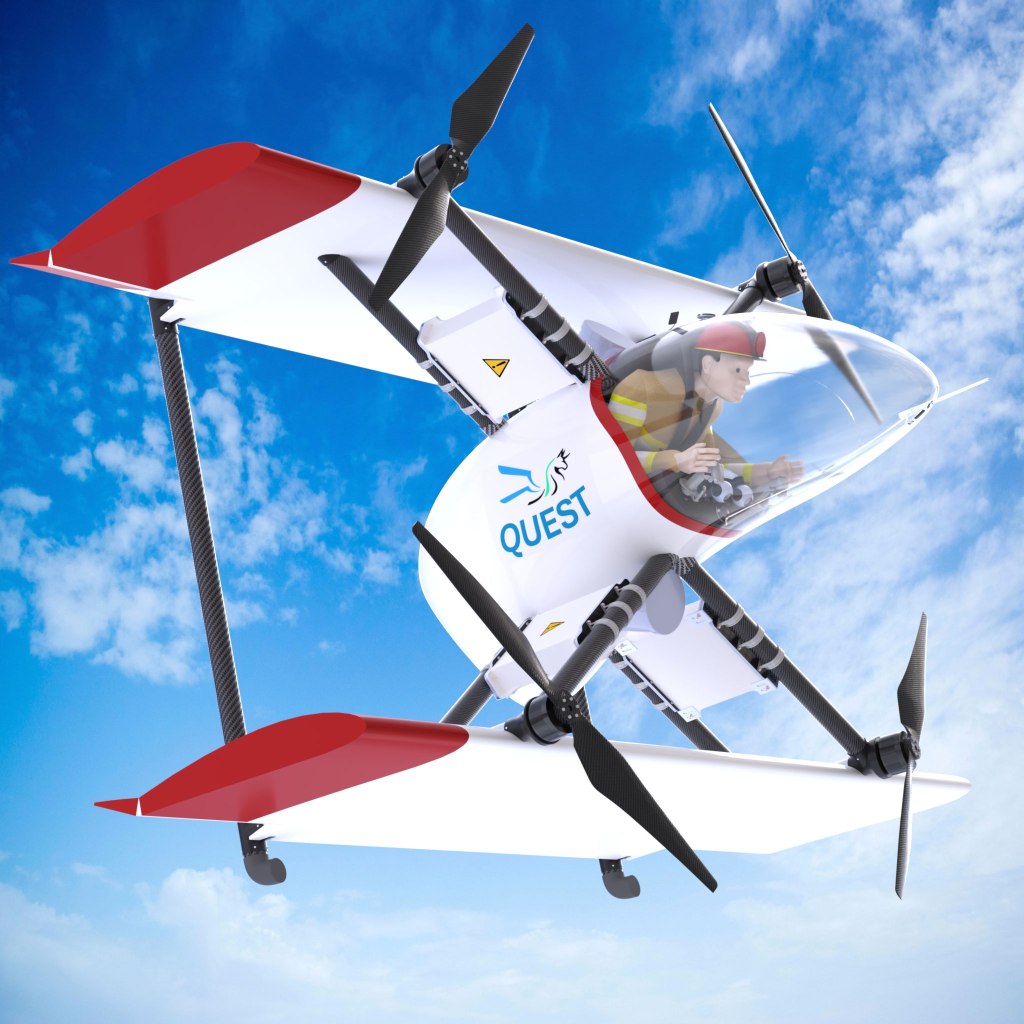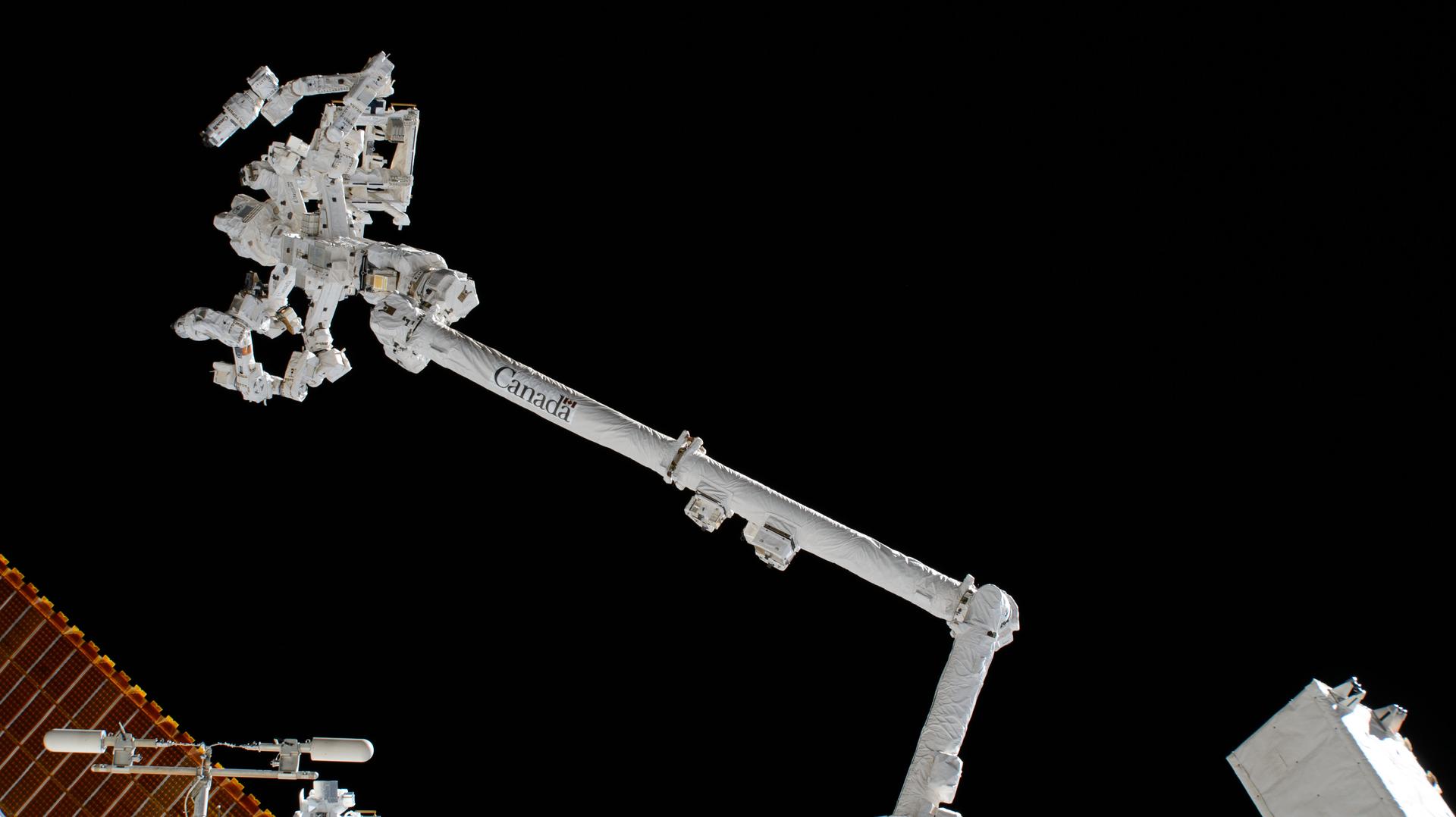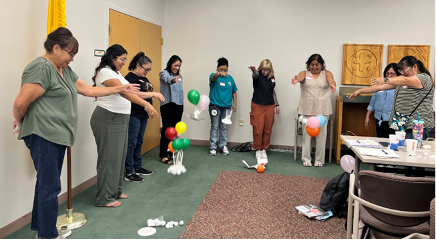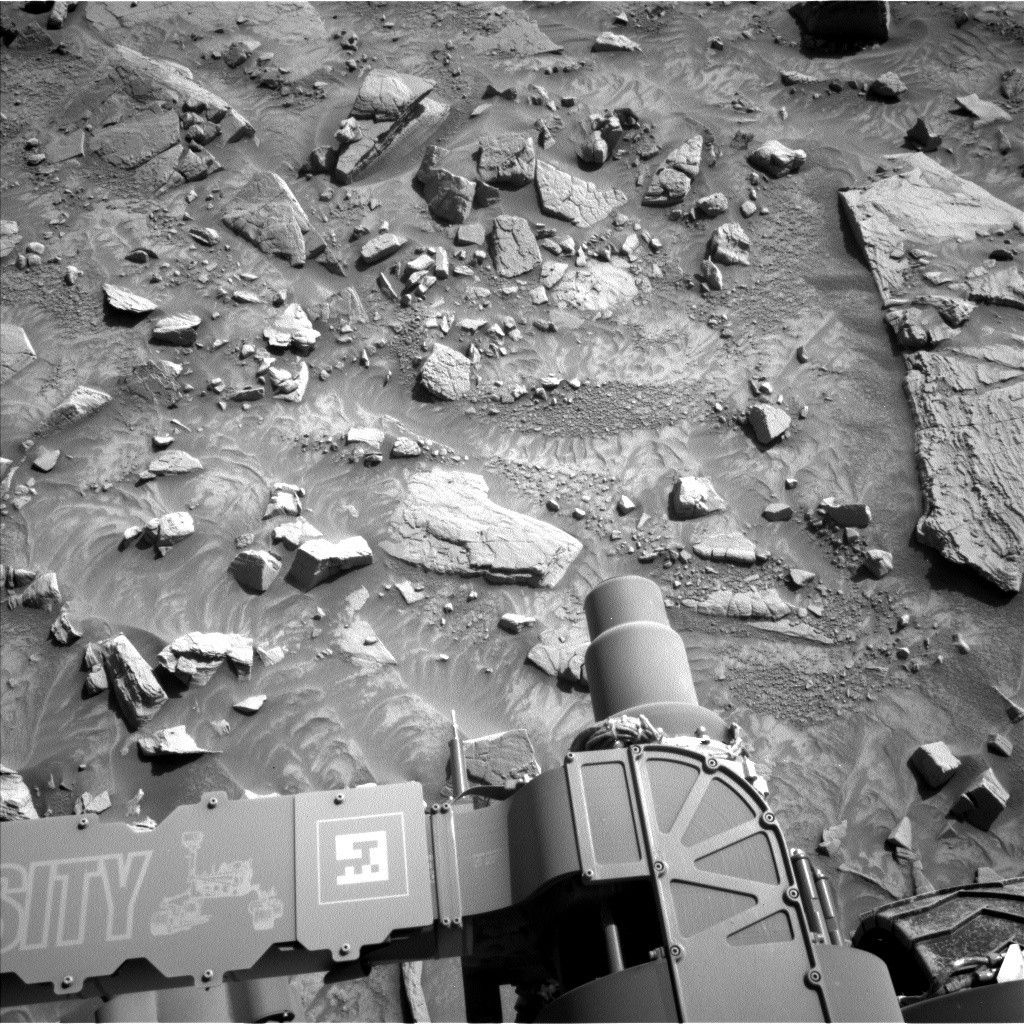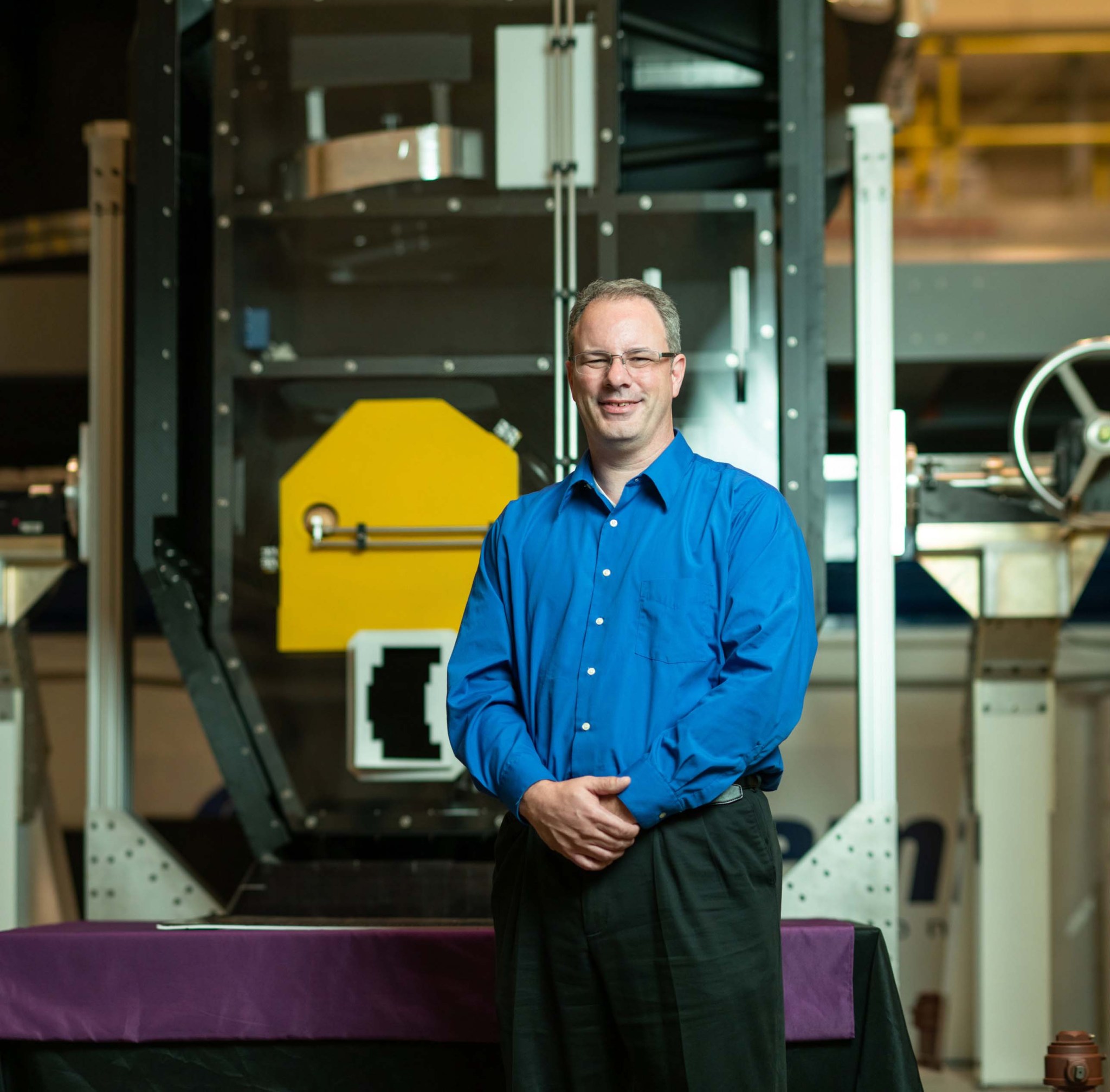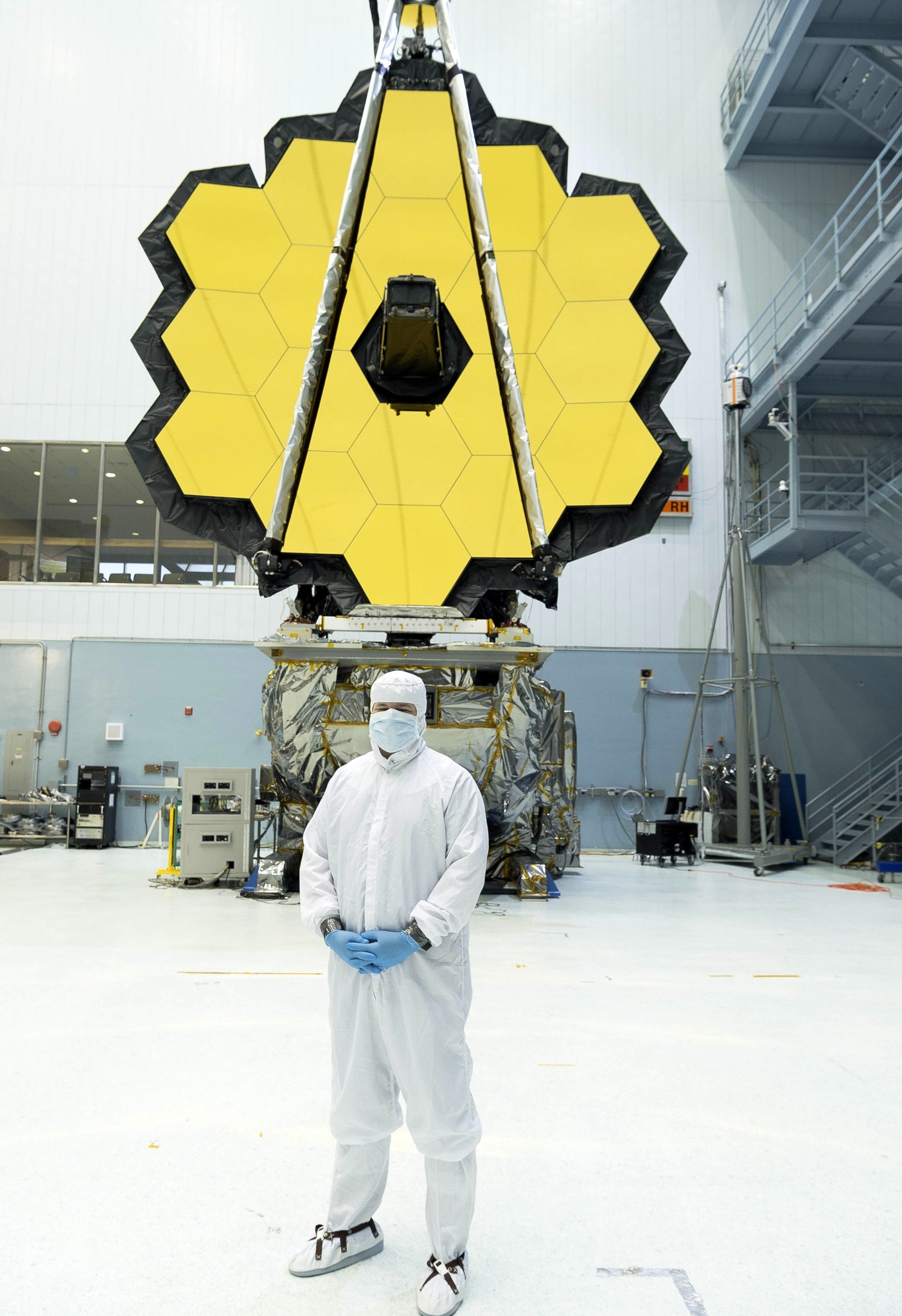Editor’s note, July 8, 2024: The Wide Field Infrared Survey Telescope (WFIRST) was officially renamed the Nancy Grace Roman Space Telescope on May 20, 2020.
Name: Jason E. Hylan
Title: Wide Field Infrared Surveyor Telescope (WFIRST) Observatory Manager
Formal Job Classification: Aerospace Engineer Project Management
Organization: Code 448, WFIRST, Flight Projects Directorate
What do you do and what is most interesting about your role here at Goddard? How do you help support Goddard’s mission?
I recently became the WFIRST observatory manager after working 18 years on the James Webb Space Telescope and two years on a mission concept study called LUVOIR, which is one of four missions proposed as the next big telescope after WFIRST. I am now responsible for three major parts of WFIRST: overseeing development of the spacecraft portion of the telescope, overseeing the acquisition of our launch vehicle, and overseeing the integration of the payload and spacecraft. I manage over 125 people which will, in time, go up to approximately 250.
What is most exciting about WFIRST?
WFIRST is a telescope designed to study dark matter and dark energy to help us understand the evolution of the universe. WFIRST also contains a technology development instrument, which will help us take images of exoplanets. WFIRST is scheduled to launch in the mid-2020s.
For me, the challenge of navigating the complexity of WFIRST and working towards a viable solution is exciting. Much like JWST (the Webb telescope), WFIRST is a flagship mission and represents the pinnacle of our astrophysics missions in terms of scope and scale. The bigger the technical challenge that needs to be solved, the more exciting it is to me.
Also, as with Hubble, we expect the scientific data from WFIRST to rewrite scientific textbooks for decades.
What drew you into becoming an engineer?
As far back as I can remember, I wanted to work for NASA. All my elementary school teachers knew I wanted to be an astronaut. I got a telescope for Christmas one year and loved looking at the Moon, planets and galaxies. When I became too tall to be a pilot, then a prerequisite for becoming an astronaut, I became more interested in how things get put together and work so I was attracted to engineering.
I have a bachelor’s and master’s in mechanical engineering from Rensselaer Polytechnic Institute.
How did you come to Goddard?
Leaving college, I wanted to work in the aerospace field, but the government was not hiring in the late ’90s, nor were many of the supporting contractors. So, I started working for a small company in Pennsylvania that engineered motion control systems. Six months later, an opportunity to join Swales Aerospace presented itself. I took it and started by working on designs for one of the Hubble servicing missions before quickly moving to work on the James Webb Space Telescope. While working on JWST, I joined NASA Goddard and have been here ever since.
As a very young engineer, how did you deal with the stress of having the world’s eyes on making something that had never been made before?
I like to believe that I am good at dealing with stress. I remember to keep an even keel. I don’t get too high when things go well and I don’t go too low when they don’t. You will experience a lot of each during your career and in life.
I was very fortunate, and sometimes being lucky is better than being good. I had the great fortune of being paired up with some remarkable senior engineers who mentored me and helped guide me through some of these emotional — and technical — ups and downs.
What did your mentors teach you?
One of the things I have learned is that sometimes we have to know when to stop trying to be perfect. We all want to be perfect, and this is a noble goal, but we have to know when we have achieved the goal and it is time to move on to the next challenge.
One of the interesting challenges at NASA is that we have limited resources and limited budgets often to do things that have never been done before. We battle a perception that the things we do sometimes take too long. We always need to be diligent in knowing when we have met our goals. Many of us are perfectionists and sometimes have a hard time recognizing when we are finished. This is a learned skill. I push my people very hard. I always ask, “Have we met what we are required to do and done our best?” If so, then it is time to move on to the next task.
What are your secrets to managing a large group of people?
I try to create a work environment that sets up people to succeed. We have a tremendous amount of gifted, talented people here.
No two teams are the same. Each is made up of unique individuals. I have to assess and understand everyone’s strengths and weaknesses and then put them in positions tailored to their strengths. When individuals succeed, that enables the teams to succeed. Also, once people are put in the right position, I let them do their work without micromanaging.
As a manager of a large team on a project that will last for a number of years, there is a certain amount of continuity that has to exist. I have to create an environment where people can step in for one another. There is a balance between working as individuals and working as a team.
It is my responsibility to keep my eye and vision on the big picture because almost everybody else is working on details. I have to make sure the others see the big picture too from time to time. A manager needs to be able to see both.
Over the past 20 or so years you have worked at Goddard, what days stand out most to you?
Three days stand out, two on JWST and one on the mission concept study. I have not been with WFIRST long enough yet but I’m looking forward to standout moments there as well
The first day that stands out for me was on JWST. It was the day we integrated the fourth and final instrument to the science module. I had been on the design team for the module and I was a lead engineer for developing the plans to put all the instruments onto the module. Those operations went about as smoothly as we could have hoped. When the final instrument went on, I stepped back in the clean room and was just truly amazed at what our team had just accomplished. Everyone was excitedly chattering but that all faded into the background as I was staring at the suite of instruments on the module.
The second day that stands out to me occurred about a week before we shipped the next portion of JWST that I had worked on, the integration of the telescope and instrument payload. At the time, I was the deputy integration and test manager responsible for all of the operations involved in this integration effort. On that particular day, everything our team was responsible for integrating was completed. The telescope had not yet been configured for shipping, so the primary mirror was deployed in all of its glory. Again, I had the opportunity to step back and admire the amazing accomplishment of many great teams coming together to achieve a singular, fantastic goal. It’s the type of moment that assures me that all of the hard work that everyone on the team put in, all of the sacrifices they made, paid off.
The third big day was when the LUVOIR mission concept team delivered our final report, with our concept for the next large telescope mission, to NASA Headquarters for delivery to the National Academy of Sciences. Our study is one of four that NASA funded and that the academies will study to determine what the next astrophysics flagship mission for NASA will be after WFIRST. Regardless of whether the academies prioritizes our specific mission concept or not, being a part of one of the teams working to set the direction of the next astrophysics flagship mission has been incredibly rewarding. That day was the culmination of a tremendous amount of work by an extraordinary group of people and I consider myself extremely fortunate for having the opportunity to work with all of them.
How important is teamwork?
Teamwork is of the utmost importance to mission success. All the great things I have talked about here would not have been possible if I had not been fortunate enough to have worked with such talented people throughout my career. Each person brings unique talents. One of the things I have picked up here is that you should always learn what you can from others. Everyone has something to offer. People are what make Goddard so special and so successful.
Is there something surprising about you that people do not generally know?
I compose instrumental music suitable for an orchestra. I would call this modern in style. I play the piano and an electric synthesizer. I wrote all the music for my wedding ceremony. At one time, I even sold my compositions online.
What are the similarities between being a manager of many and conducting an orchestra?
While I have never actually conducted an orchestra, I think of managing large operations to be similar to conducting an orchestra. It is my responsibility to keep these very talented people working in time with each other while playing different instruments. Everyone has a different job, a different instrument, but we all have to work together for a common goal and to produce a common product. The project team needs to work in unison for the product to be developed and delivered right just like the musicians of an orchestra need to work in unison for the music to sound right.
What is your “six-word memoir”? A six-word memoir describes something in just six words.
Always dreaming… always striving to inspire…
By Elizabeth M. Jarrell
NASA’s Goddard Space Flight Center





